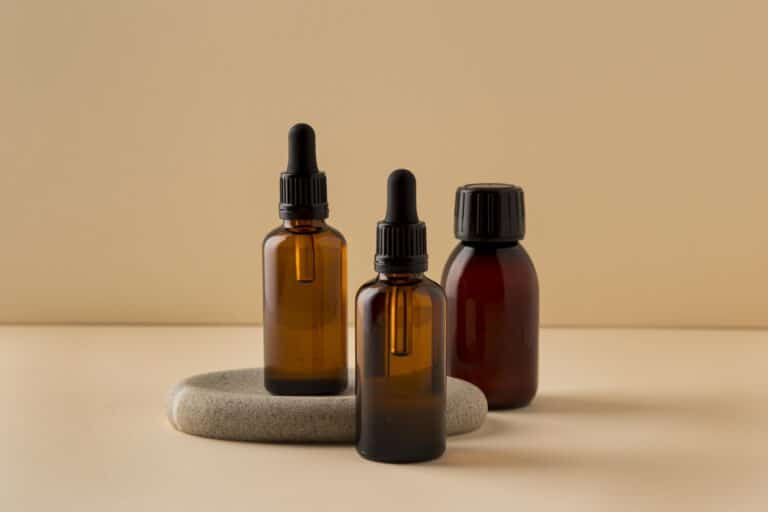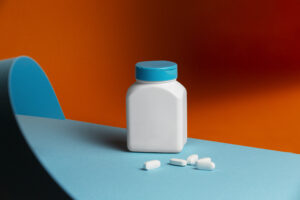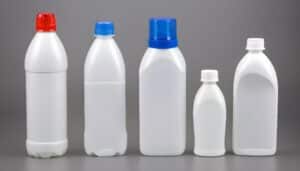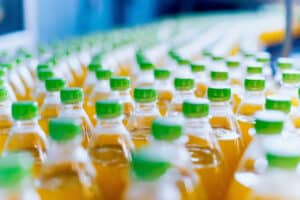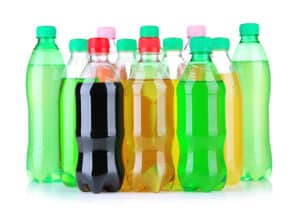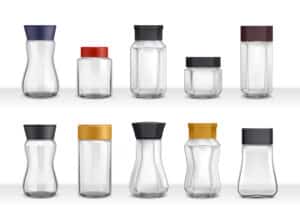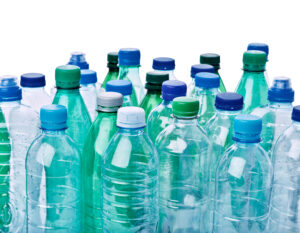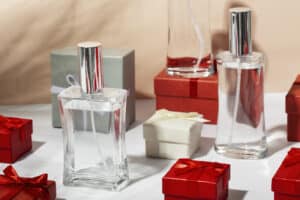In product presentation, the packaging assumes the role of a silent storyteller, shaping the initial narrative that consumers encounter. Among the diverse packaging solutions, plastic dropper bottles stand out as practical and aesthetically pleasing vessels. These sleek and efficient containers have become synonymous with precision and convenience, serving as a favoured choice across industries where controlled liquid dispensing is paramount. In this exploration, we unravel the nuanced art of selecting the ideal plastic dropper bottle, understanding its profound impact on the overall user experience and the market positioning of the encapsulated product.
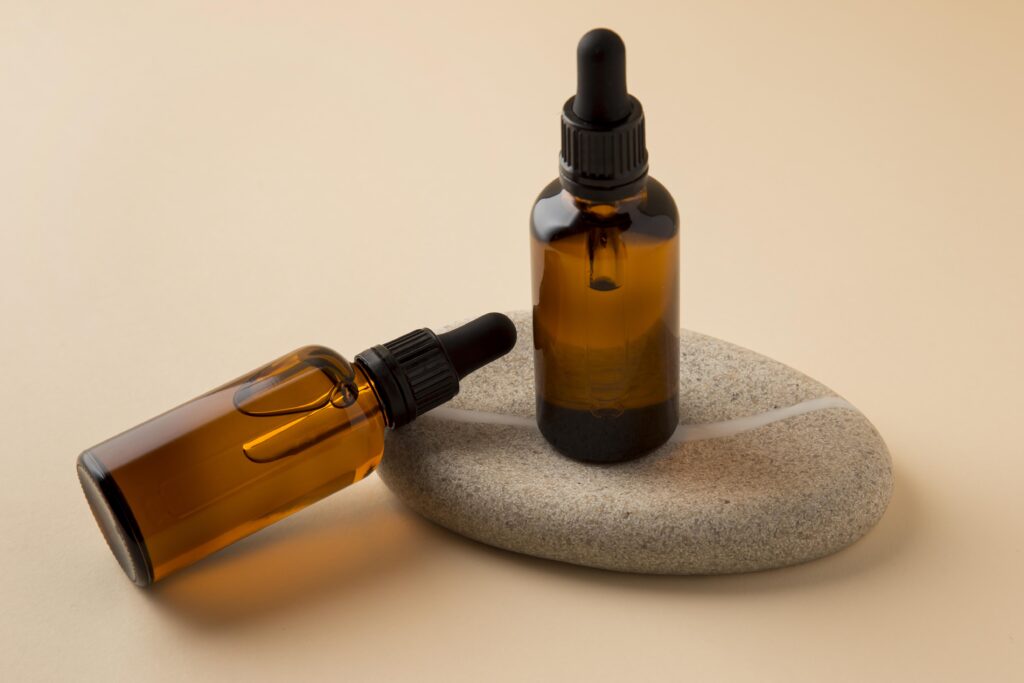
Types of Plastic Dropper Bottles
Plastic dropper bottles come in a variety of types, each designed to cater to specific needs and preferences. Understanding the distinctions among these types is crucial for making an informed choice that aligns with your product requirements.
Overview of Common Materials
High-Density Polyethylene (HDPE)
- Known for its durability and chemical resistance, HDPE plastic dropper bottles are ideal for products requiring protection against external elements. This material is commonly used for pharmaceutical and industrial applications.
Polyethylene Terephthalate (PET)
- PET plastic dropper bottles offer excellent transparency, making them suitable for products where visibility of the contents is essential. They are lightweight, shatter-resistant, and commonly found in the cosmetic and beverage industries.
Polypropylene (PP)
- PP plastic dropper bottles combine flexibility with robustness. This material is resistant to chemicals and high temperatures, making it suitable for a range of products, including essential oils and speciality chemicals.
Considerations for Material Selection
Compatibility with Product Contents
- Assess the chemical compatibility between the plastic material and the contents of your product to ensure stability and prevent contamination.
Transparency and Visibility
- Consider the visual appeal of your product. PET bottles, with their high transparency, are often chosen when showcasing the colour or clarity of the liquid is crucial.
Resistance to Chemicals and UV Light
- Evaluate the need for protection against external factors. HDPE and PP bottles offer better resistance to chemicals, while additives can enhance resistance to UV light, crucial for light-sensitive products.
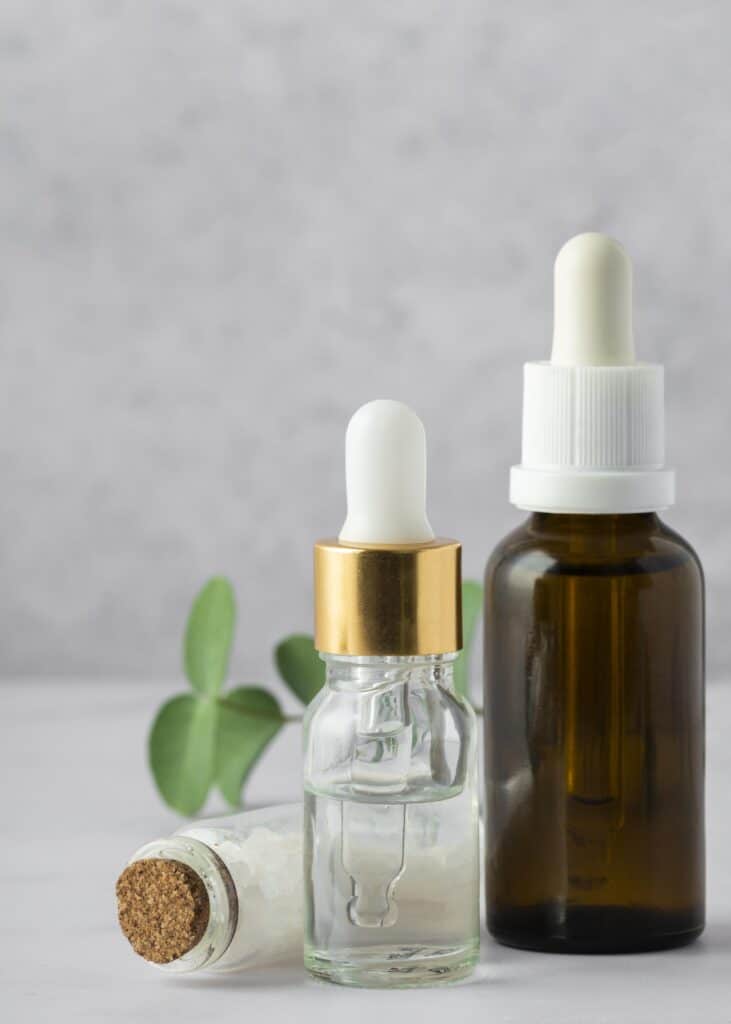
Sizes and Shapes
Various Bottle Sizes Available
- Plastic dropper bottles come in a range of sizes to accommodate different product volumes. Consider the practicality of the size concerning your product’s usage and shelf space.
The Impact of Bottle Shape on Usability and Aesthetics
- The design and shape of the bottle not only influence its aesthetic appeal but also impact user experience. Consider ergonomic designs for ease of use and designs that align with your brand identity.
Considering Storage and Transportation Needs
- Evaluate the logistical aspects, such as storage requirements and transportation considerations. Stackable or uniquely shaped bottles may optimize storage space, while robust designs may ensure safe transportation.
Sizes and Shapes
When it comes to plastic dropper bottles, the adage “one size fits all” is far from accurate. The array of sizes and shapes available plays a pivotal role in not only accommodating diverse product volumes but also in influencing the overall user experience and visual aesthetics of the packaged product.
Various Bottle Sizes Available
Plastic dropper bottles are versatile in their sizing options, catering to the specific volume requirements of a wide range of products. Whether you’re dealing with a potent concentrate or a delicate solution, selecting the right bottle size is paramount.
Micro-Droppers for Precise Applications
- In cases where precision is key, micro-dropper bottles, typically ranging from 1ml to 5ml, offer the accuracy needed for controlled dispensing. These are often favoured in pharmaceuticals and essential oil applications.
Standard Sizes for Everyday Use
- Common sizes, such as 15ml, 30ml, and 60ml, are the workhorses of plastic dropper bottles. They strike a balance between being compact enough for convenience and offering sufficient volume for products like e-liquids, herbal extracts, or skincare serums.
Large Bottles for Bulk Products
- For products with high consumption rates or bulk purchasing considerations, larger sizes like 100ml or more become relevant. These are commonly employed in industries where economies of scale play a significant role.
Closure Systems and Dropper Types
As we venture deeper into the realm of plastic dropper bottles, the spotlight shifts to the intricacies of closure systems and the diverse array of dropper types. These elements play a pivotal role in ensuring not only the functionality of the packaging but also the safety, precision, and overall user experience.
Types of Closure Systems
Screw Caps for Versatility
- The traditional screw cap is a reliable choice, offering simplicity and versatility. It ensures a secure seal, making it suitable for a broad range of products. This closure system is common in pharmaceuticals and e-liquid packaging.
Child-Resistant Caps for Safety
- In applications where safety is paramount, such as pharmaceuticals or certain household chemicals, child-resistant caps add an additional layer of protection. These closures are designed to be challenging for children to open, reducing the risk of accidental ingestion.
Tamper-Evident Closures for Assurance
- Tamper-evident closures provide a visible indication that the product has not been opened or tampered with. This feature is crucial in the pharmaceutical and food industries to ensure consumer safety and product integrity.
Dropper Types
Standard Droppers for Everyday Precision
- Standard droppers, with a simple bulb or pipette design, are the go-to choice for many applications. They provide reliable and consistent drops, making them suitable for a wide range of liquids, from herbal extracts to skincare serums.
Graduated Droppers for Accurate Measurement
- In applications where precise measurement is crucial, graduated droppers with clearly marked increments become essential. This is often seen in the pharmaceutical and healthcare sectors where dosing accuracy is paramount.
Dropper with Pipette for Controlled Dispensing
- The pipette-style dropper offers controlled dispensing, allowing users to release a specific number of drops with accuracy. This type of dropper is popular in industries where dosage control is critical.
Matching Closure Systems with Product Characteristics
Considering Viscosity and Flow
- The viscosity of the liquid product should influence the choice of closure system and dropper type. Thicker liquids may require droppers with wider openings or specialized closure systems to ensure smooth dispensing.
Ease of Use for Consumer Satisfaction
- User experience is paramount. Consider the target audience and the ease with which consumers can dispense the product. A well-designed closure system enhances usability and contributes to overall customer satisfaction.
Balancing Functionality with Aesthetics
- The closure system and dropper type also contribute to the visual appeal of the product. Striking the right balance between functionality and aesthetics is crucial for creating a packaging solution that is both practical and visually appealing.
Application Precision and User Experience
In the intricate dance between product and consumer, the precision of application becomes a crucial choreography, and the plastic dropper bottle takes centre stage. This section explores how the design nuances of plastic dropper bottles contribute to application accuracy and overall user satisfaction.
Importance of Dropper Design for Precise Dispensing
Precision in Every Drop
- The very essence of a plastic dropper bottle lies in its ability to deliver precise and controlled drops. Whether it’s a pharmaceutical solution requiring exact dosages or a beauty serum demanding careful application, the dropper design plays a pivotal role in ensuring accuracy.
Optimizing Dropper Openings
- The diameter of the dropper opening directly impacts the size of the dispensed droplets. For liquids with varying viscosities, choosing a dropper with a compatible opening size ensures consistent and predictable application.
Customizing for Product Needs
- Tailoring the dropper design to the specific requirements of the product is key. Plastic dropper bottles allow for customization, enabling manufacturers to select droppers that align perfectly with the viscosity and application needs of their formulations.
Factors Affecting User Experience and Product Satisfaction
Ergonomics for Seamless Application:
- The design of the dropper, including the length and shape, contributes to the overall ergonomics of the application process. An ergonomically designed dropper enhances user comfort, making the application a seamless and enjoyable experience.
Ease of Squeezing and Releasing:
- The ease with which users can squeeze the bottle and release the liquid directly influences the user experience. A well-designed dropper, in tandem with the bottle material, ensures a smooth and controlled dispensing process.
Visual Feedback for Confidence:
- Clear visibility of the liquid inside the bottle provides users with visual feedback, instilling confidence in the application process. This transparency is a hallmark of plastic dropper bottles, offering users a direct view of the product and its dispensing.
Balancing Functionality with Aesthetics
Harmony in Design and Performance
- The design of the dropper should not only serve functional purposes but also harmonize with the overall aesthetics of the packaging. Achieving a balance between functionality and visual appeal ensures that users are drawn to the product while experiencing the desired level of application precision.
Reinforcing Brand Perception
- The user experience with the plastic dropper bottle contributes significantly to the overall perception of the brand. A positive and user-friendly interaction reinforces brand trust and loyalty, establishing the plastic dropper bottle as a reliable and preferred choice.
Conclusion:
In the dynamic world of product packaging, the plastic dropper bottle emerges as a pivotal component, seamlessly blending precision and functionality. Our exploration of various types, sizes, and closure systems underscores the nuanced art of selecting the right packaging. From the reliability of screw caps to the added safety of child-resistant closures, the choices are as diverse as the products they contain.
For those in search of wholesale plastic dropper bottles, JarsBottles stands out as a leading source, offering a comprehensive range of options. With a commitment to quality and a vast selection catering to diverse industries, JarsBottles becomes a reliable ally in the quest for packaging solutions that not only safeguard products but also elevate the overall user experience. In a market where packaging is a silent ambassador, JarsBottles speaks volumes, providing a symphony of choices for businesses and individuals alike.

